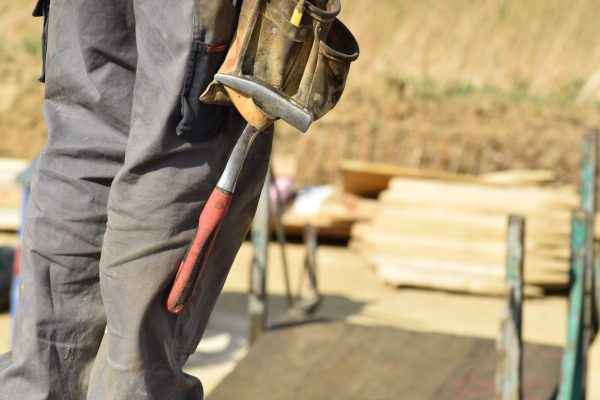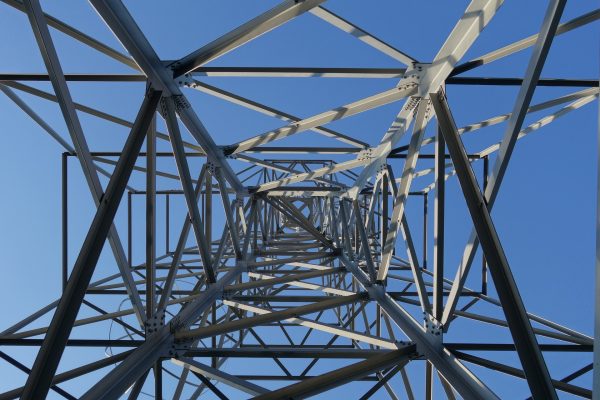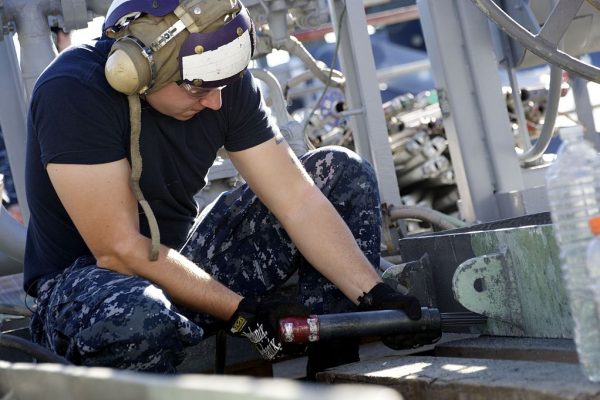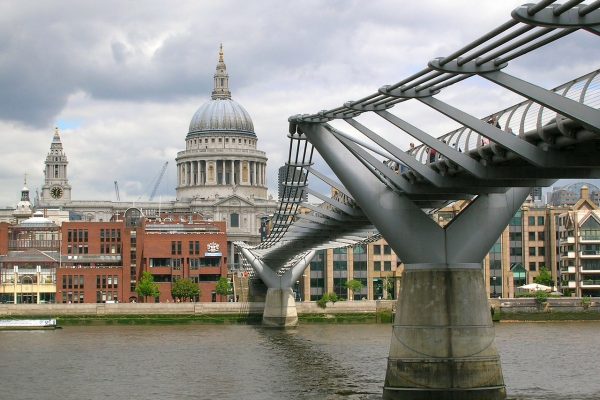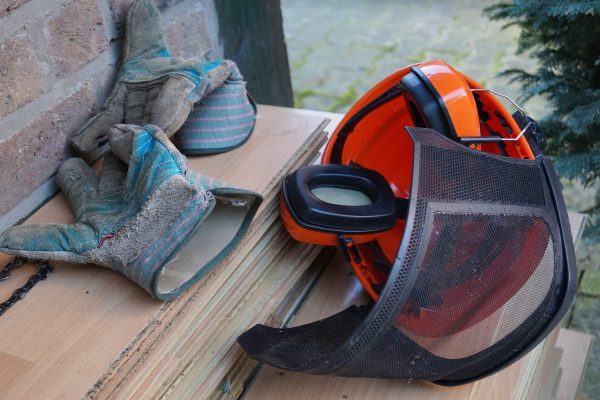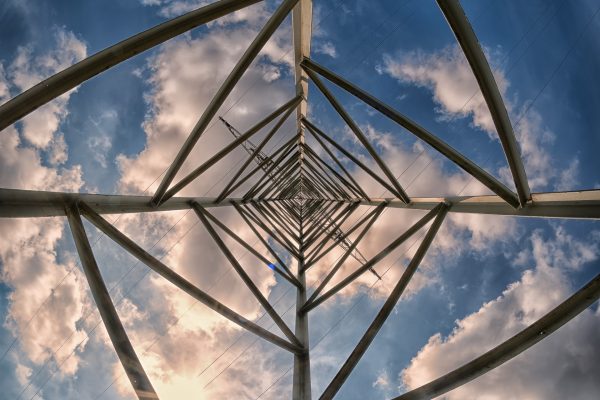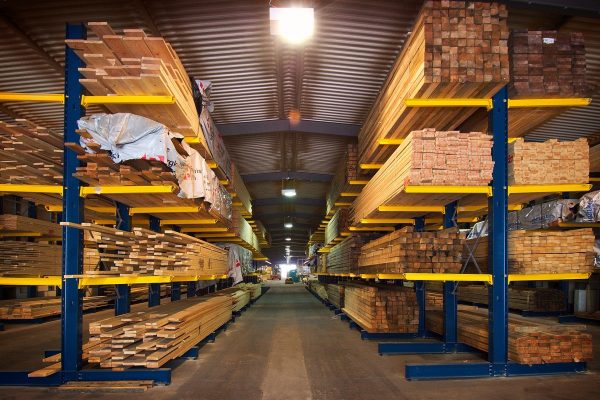Keep work area clear of debris Never use damaged or loose hand tools Select a hammer that is appropriate for the job at hand Wear appropriate PPE (including protective eyewear)
Risks of falls from elevation, primarily from: Uneven or slippery surfaces Overexertion Not following safe work procedures Not using proper fall protection
Wear appropriate eye protection while using the pneumatic torque wrench If possible, use the tool in hands-free applications Use the appropriate reaction fixture (if applicable) Inspect tool for damage or... read more →
A needle scaler, also called a needle gun scaler, is a tool that relies on compressed air. Thanks to this pressure, the needle scaler can easily remove and chip away... read more →
2000- the Millennium Bridge, a steel suspension pedestrian-only bridge opens in London, England.
Use in a dry and clean environment Wear protective equipment (protective glasses, dust mask) Be mindful of any extension cords Make sure to read the owner's manual to familiarize yourself... read more →
1992- the patent for curved blades for reciprocating saws is granted
Norovirus, also called the stomach flu, is a virus that can cause stomach aches, vomiting, cramping, chills, fever and diarrhea. You could get infected by: Contact with someone who is... read more →
Working at Heights Handling heavy materials and working at heights can be a dangerous combination. When working at heights, be sure to: Have appropriate training to safely work at heights Thoroughly... read more →
Wear protection (safety glasses, hearing protection) Avoid dusty conditions Provide proper ventilation

